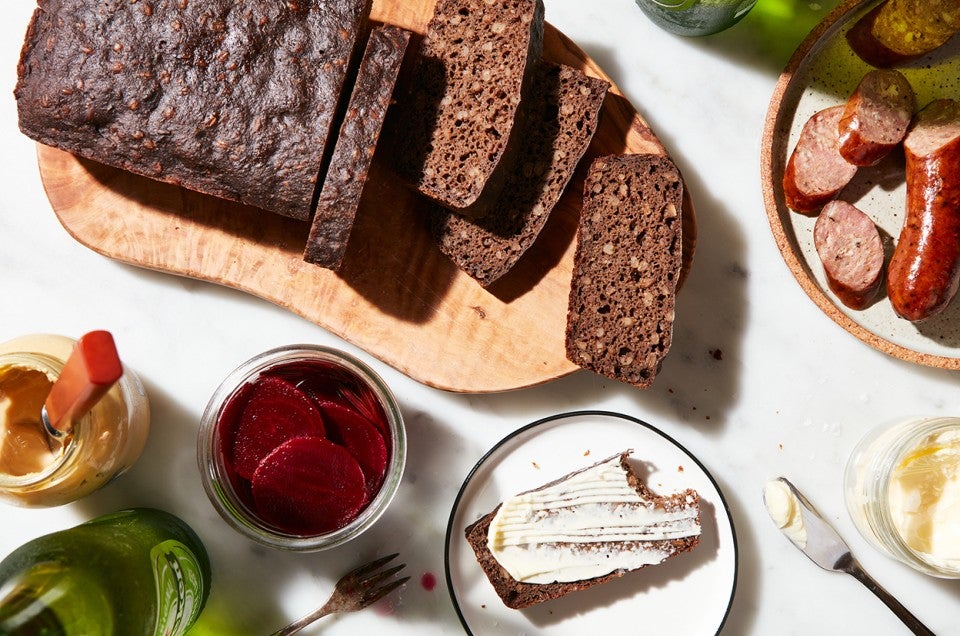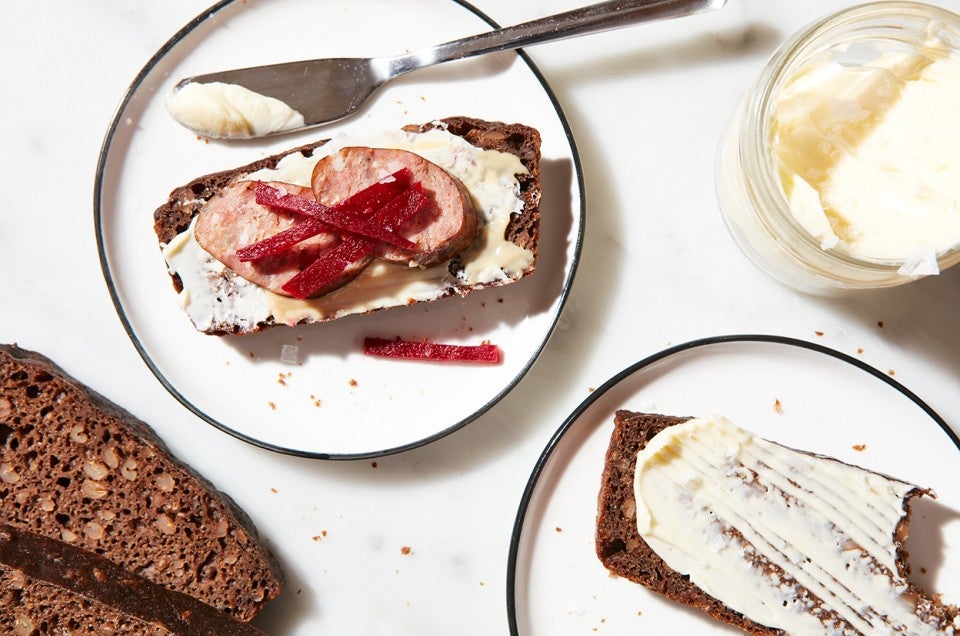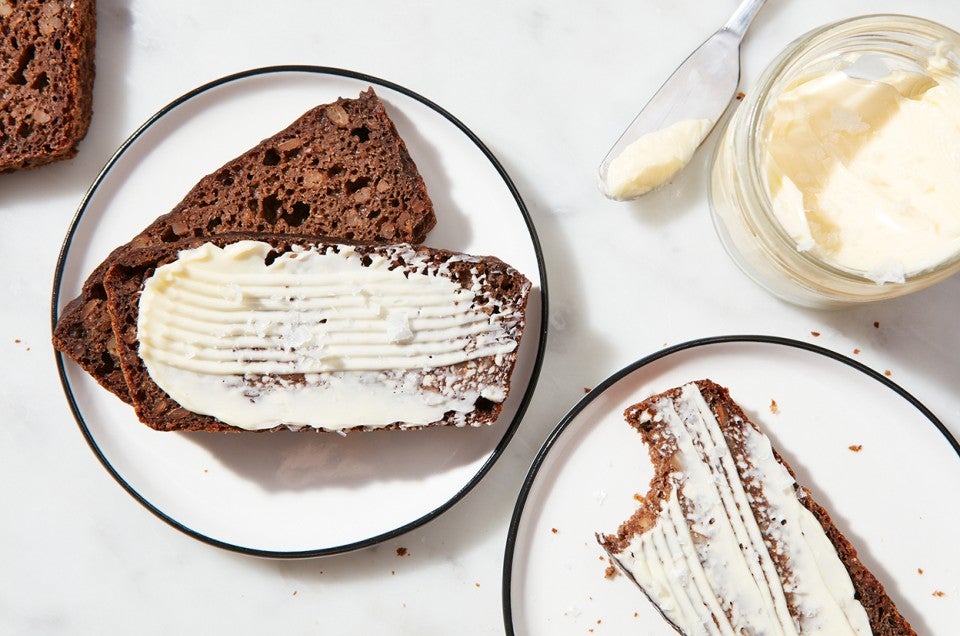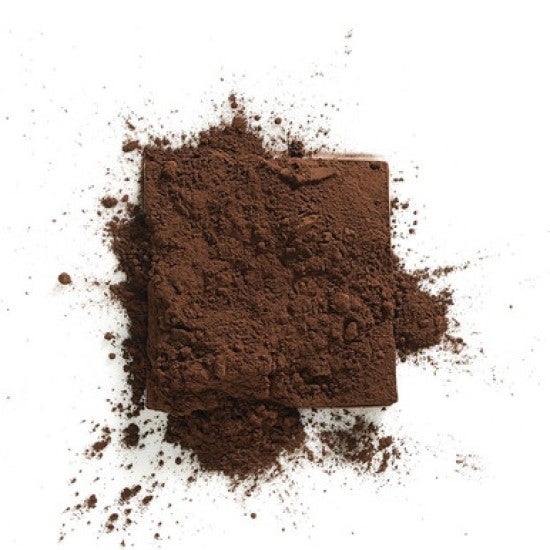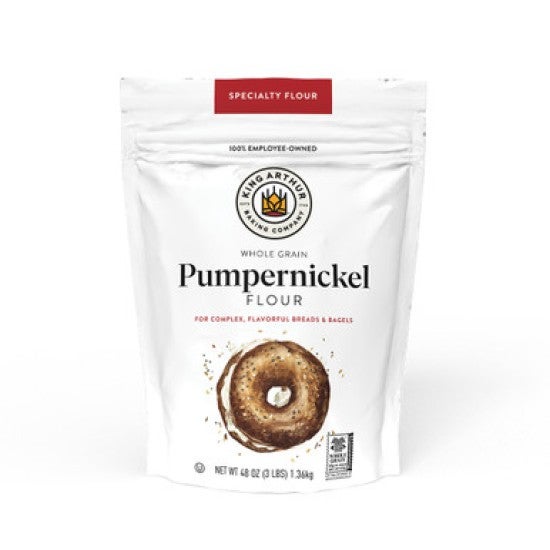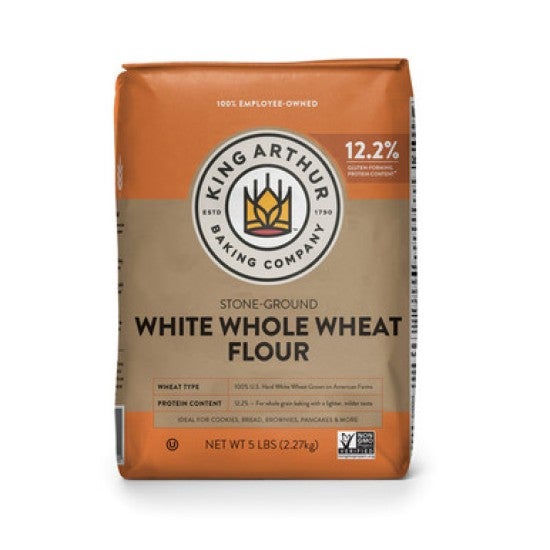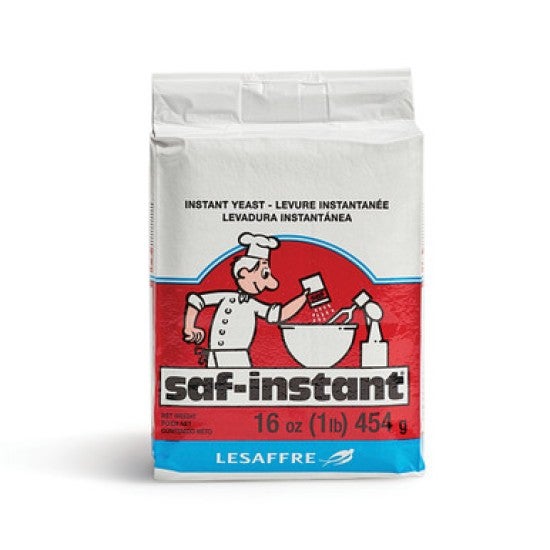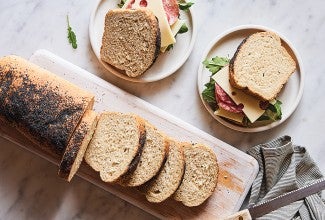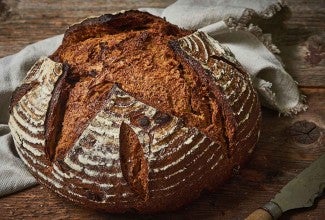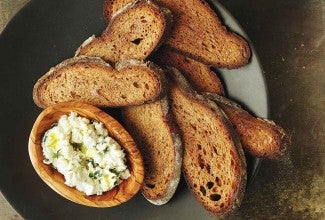-
Note: Don't be discouraged while preparing the dough; it's very heavy and sticky, more like mortar than bread dough. For that reason, we suggest you mix the dough in a stand mixer, food processor or bread machine, rather than by hand.
-
Put the cracked wheat and malted wheat flakes or oats in a large mixing bowl, and pour in the boiling water. Stir in the burnt sugar or black cocoa. Allow the mixture to cool to lukewarm.
-
Weigh your flour; or measure it by gently spooning it into a cup, then sweeping off any excess. Stir in the pumpernickel flour, whole wheat flour, yeast, salt and vegetable oil. If you're looking for a typical yeast dough here, forget it; the mixture will be sticky and have about as much life as a lump of clay.
-
Place the dough in a greased bowl, cover it with a damp towel, and let it sit in a warm place (70-75°F) for at least 12 hours, and up to 24 hours.
-
After 6 to 8 hours, fold the mixture over once or twice, then cover it again and allow it to continue to mellow. (We hesitate to use the word "rise" here; though there is in fact a bit of yeast in the dough, it'll rise very little.)
-
After the mellowing period is complete, grease two 8 1/2" x 4 1/2" pans. The dough will look "cracked" or "broken" at this point; that's OK.
-
Turn it out onto a floured or lightly greased work surface, knead until it holds together, then divide it in half.
-
Press each half into a loaf pan, smoothing the surface with wet hands.
-
Let the loaves sit, covered, for 1 1/2 hours; they'll rise just slightly.
-
Preheat the oven to 225°F.
-
Grease two pieces of aluminum foil, then cover the pans tightly with the foil, greased-side down.
-
Place the covered pans in the oven. Bake the bread for 5 hours.
-
After 5 hours, remove the foil from the pans, and check to see that the bread is firm and looks set — it should register 195°F on an instant-read thermometer inserted into the center of a loaf.
-
Remove the bread from the oven. Let it cool in the pans for 15 minutes to firm.
-
Remove it from the pans and allow to cool to lukewarm before wrapping in plastic wrap or a dishtowel. Cool for 8 hours or more before slicing.
-
Store, covered, at room temperature for a week. Freeze for up to 3 months.
